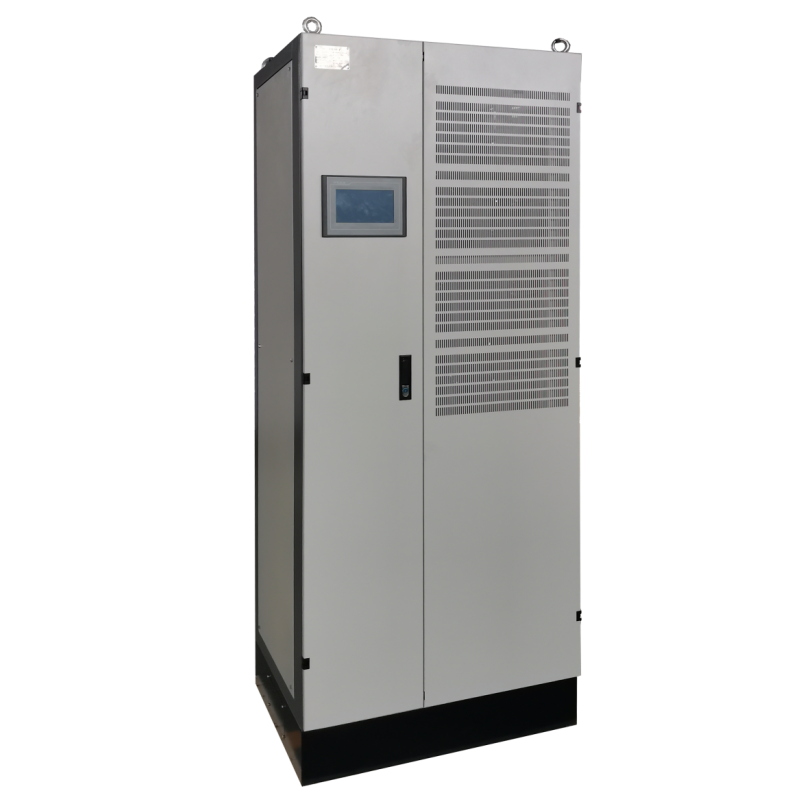
-
Environmentally friendlyElectroplatingElectrophoreticOxidationElectrolyticHigh frequency switchingRectifierPulseDC
Electric flocculation power supply Water treatment power supply Electrodialysis power supply Chlorine dioxide power supply Sodium hypochlorite power supply Outdoor rainproof electrodialysis power supply Modular water treatment power supply Electroplating power supply Oil immersed thyristor electroplating rectifier Pulse electroplating power supply Controllable silicon electroplating rectifier Controllable silicon electrophoretic rectifier High frequency electrophoresis power supply Aluminum oxide coloring power supply Hard anodizing power supply Electrolytic hydrogen fluoride to fluorine gas power supply Electrolytic rare earth power supply Electrolytic copper foil power supply Electrolytic power supply Hydrogen production power supply/hydrogen production rectifier High frequency switching power supply Thyristor rectifier Thyristor rectifier Dual pulse power supply Single pulse power supply Linear DC power supply Thyristor DC power supply High frequency DC power supply Electroplating power supplyThe electroplating power supply ensures stable deposition of metal ions in the electrolyte by controlling the current and voltage, forming a uniform electroplating coating. The key to electroplating power supply lies in precise control of electrochemical reactions to ensure the efficiency and quality of the electroplating process. This is crucial for achieving high-quality electroplating results.More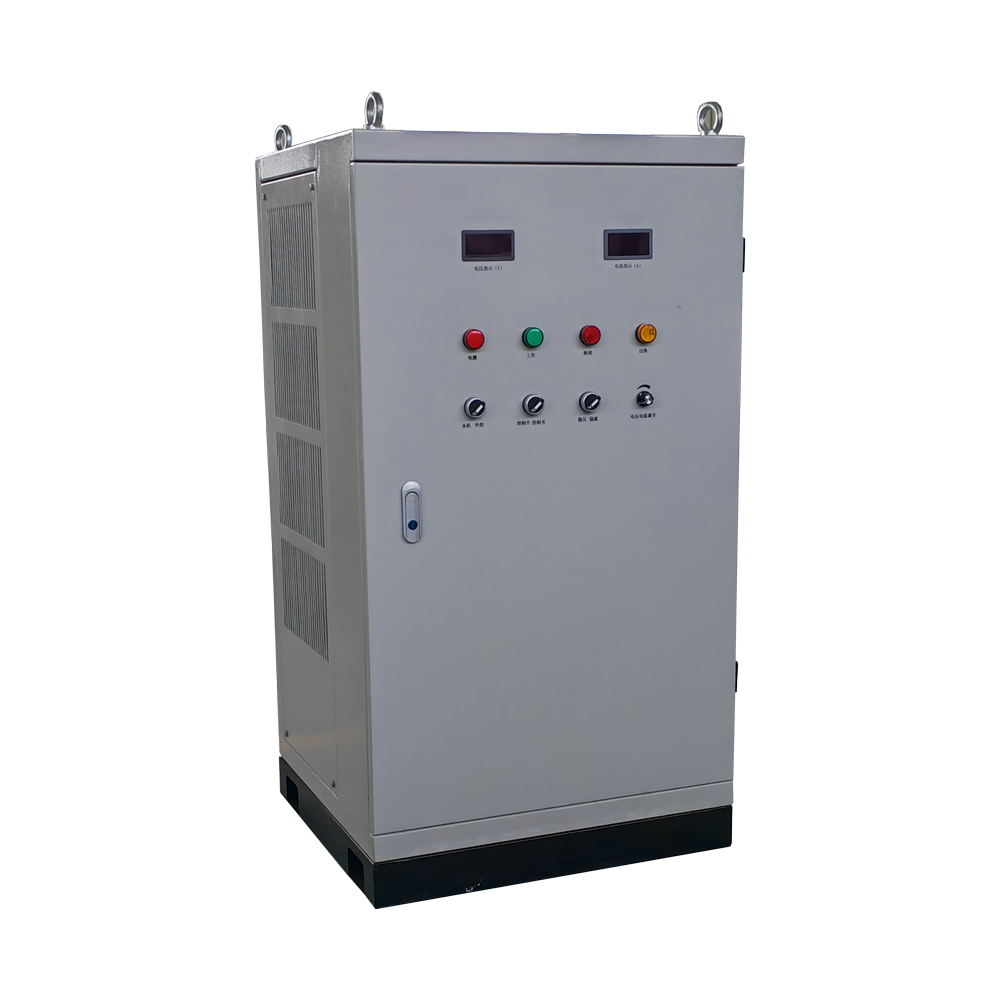 Electric flocculation power supplyThe use of the dissociation effect of electricity, with the assistance of chemical coagulants, to remove pollutants from wastewater or convert toxic substances into non-toxic substances is called electrocoagulation. The reaction principle of electrocoagulation is to use metals such as aluminum and iron as anodesMore
Electric flocculation power supplyThe use of the dissociation effect of electricity, with the assistance of chemical coagulants, to remove pollutants from wastewater or convert toxic substances into non-toxic substances is called electrocoagulation. The reaction principle of electrocoagulation is to use metals such as aluminum and iron as anodesMore Oil immersed thyristor electroplating rectifierThe oil immersed thyristor rectifier adopts three-phase AC power supply, which is transformed into a rectifier device with adjustable size and the ability to freely change the DC output voltage and current direction. Adopting a fully oil immersed air self cooling systemMore
Oil immersed thyristor electroplating rectifierThe oil immersed thyristor rectifier adopts three-phase AC power supply, which is transformed into a rectifier device with adjustable size and the ability to freely change the DC output voltage and current direction. Adopting a fully oil immersed air self cooling systemMore Water treatment power supplyThe water treatment power supply is the latest research and development product of Tongke Electric, which uses a touch screen to control the output voltage and current of the power supply. It is easy to operate and convenient to use; High power, able to meet the operational needs of water treatment equipment.More
Water treatment power supplyThe water treatment power supply is the latest research and development product of Tongke Electric, which uses a touch screen to control the output voltage and current of the power supply. It is easy to operate and convenient to use; High power, able to meet the operational needs of water treatment equipment.More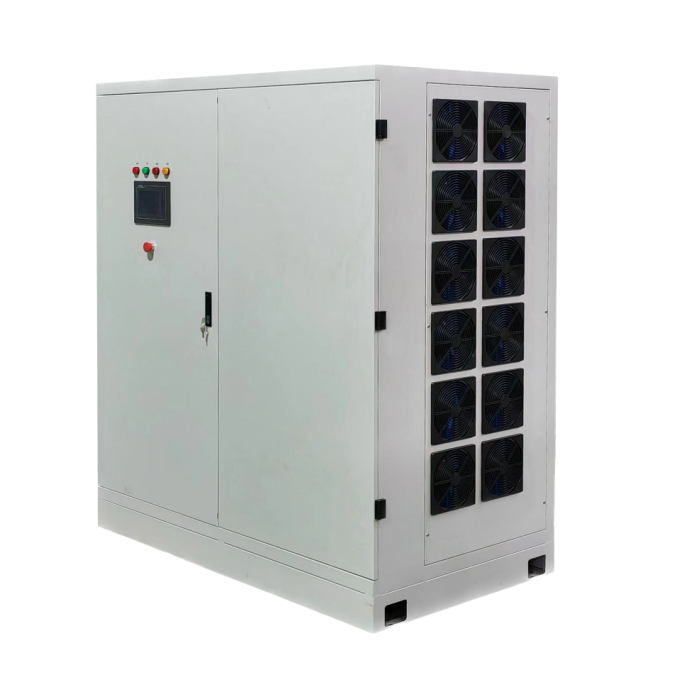 Pulse electroplating power supplyPulse electroplating power supply is suitable for electroplating gold, silver, nickel, tin, and alloys, which can significantly improve the functionality of the coating; When used for protective decorative electroplating (decorative gold), it can make the coating color uniform and consistentMore
Pulse electroplating power supplyPulse electroplating power supply is suitable for electroplating gold, silver, nickel, tin, and alloys, which can significantly improve the functionality of the coating; When used for protective decorative electroplating (decorative gold), it can make the coating color uniform and consistentMore Electrodialysis power supplyElectrodialysis is a very environmentally friendly water related treatment process, including salt industry related treatment, water purification, sewage treatment, pollution control and other related industries or fields. Electrodialysis power supply is a type of membrane separation technologyMore
Electrodialysis power supplyElectrodialysis is a very environmentally friendly water related treatment process, including salt industry related treatment, water purification, sewage treatment, pollution control and other related industries or fields. Electrodialysis power supply is a type of membrane separation technologyMore Chlorine dioxide power supplyThe chlorine dioxide electrolysis power supply refers to the power supply used for the electrolytic chlorine dioxide generator. This generator generates a mixture of chlorine dioxide and other oxidants by electrolyzing salt water (sodium chloride solution) or sodium chlorate solution using a DC power sourceMore
Chlorine dioxide power supplyThe chlorine dioxide electrolysis power supply refers to the power supply used for the electrolytic chlorine dioxide generator. This generator generates a mixture of chlorine dioxide and other oxidants by electrolyzing salt water (sodium chloride solution) or sodium chlorate solution using a DC power sourceMore Sodium hypochlorite power supplyProduct IntroductionSodium hypochlorite electrolysis power supply is a high-frequency inverter DC power supply used for sodium hypochlorite electrolysis. It generates sodium hypochlorite solution by electrolyzing salt aqueous solution (usually sodium chloride solution). During this process, the poweMore
Sodium hypochlorite power supplyProduct IntroductionSodium hypochlorite electrolysis power supply is a high-frequency inverter DC power supply used for sodium hypochlorite electrolysis. It generates sodium hypochlorite solution by electrolyzing salt aqueous solution (usually sodium chloride solution). During this process, the poweMore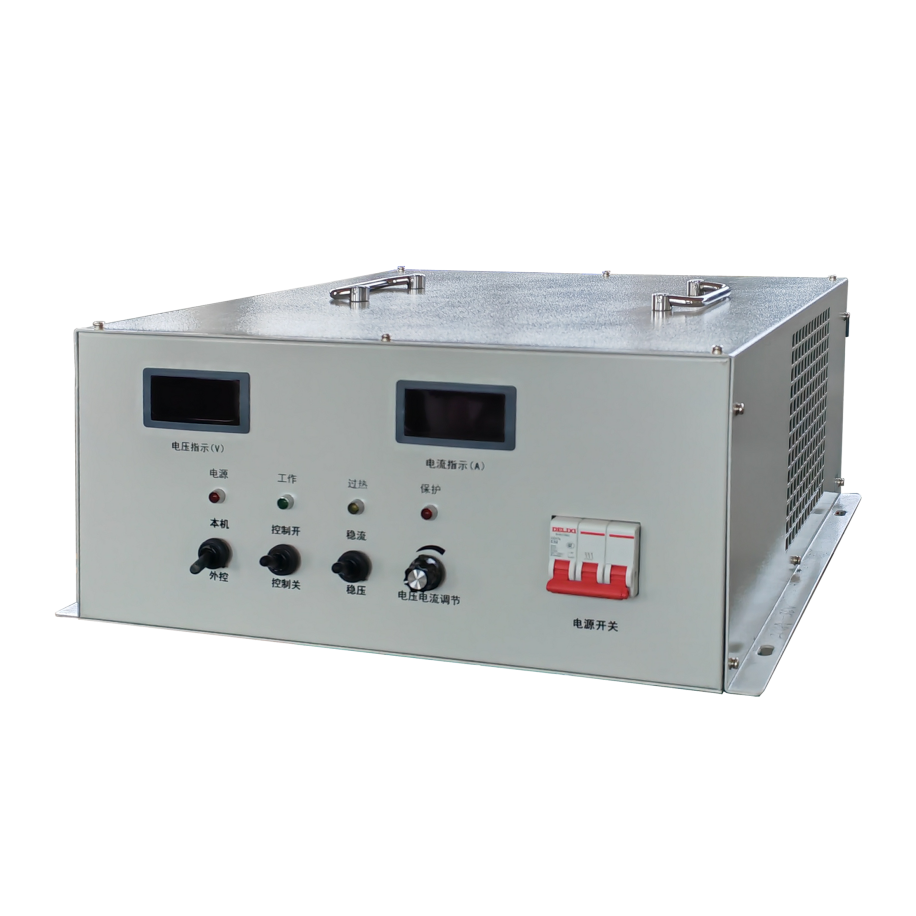 Linear DC power supplyLinear DC power supply has become an indispensable tool in precision electronic equipment testing and scientific research due to its high precision and stability. They can provide continuous and controllable DC voltage and current, ensuring that electronic devices operate in optimal conditions. Hebei Tongke's linear DC power supply series not only has excellent voltage and current stability, but also provides a user-friendly interface and versatility, making it a highly respected choice inMore
Linear DC power supplyLinear DC power supply has become an indispensable tool in precision electronic equipment testing and scientific research due to its high precision and stability. They can provide continuous and controllable DC voltage and current, ensuring that electronic devices operate in optimal conditions. Hebei Tongke's linear DC power supply series not only has excellent voltage and current stability, but also provides a user-friendly interface and versatility, making it a highly respected choice inMore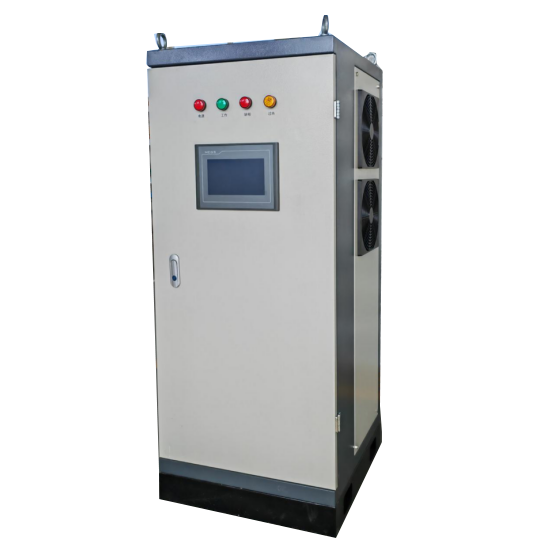 Thyristor DC power supplyThis thyristor DC power supply is a traditional DC power supply that can convert power frequency AC power into adjustable DC power. The main transformer adopts a rectifier specific transformer, and the front stage of the transformer is equipped with a medium voltage switch control cabinet to protect and control the rectifier equipmentMore
Thyristor DC power supplyThis thyristor DC power supply is a traditional DC power supply that can convert power frequency AC power into adjustable DC power. The main transformer adopts a rectifier specific transformer, and the front stage of the transformer is equipped with a medium voltage switch control cabinet to protect and control the rectifier equipmentMore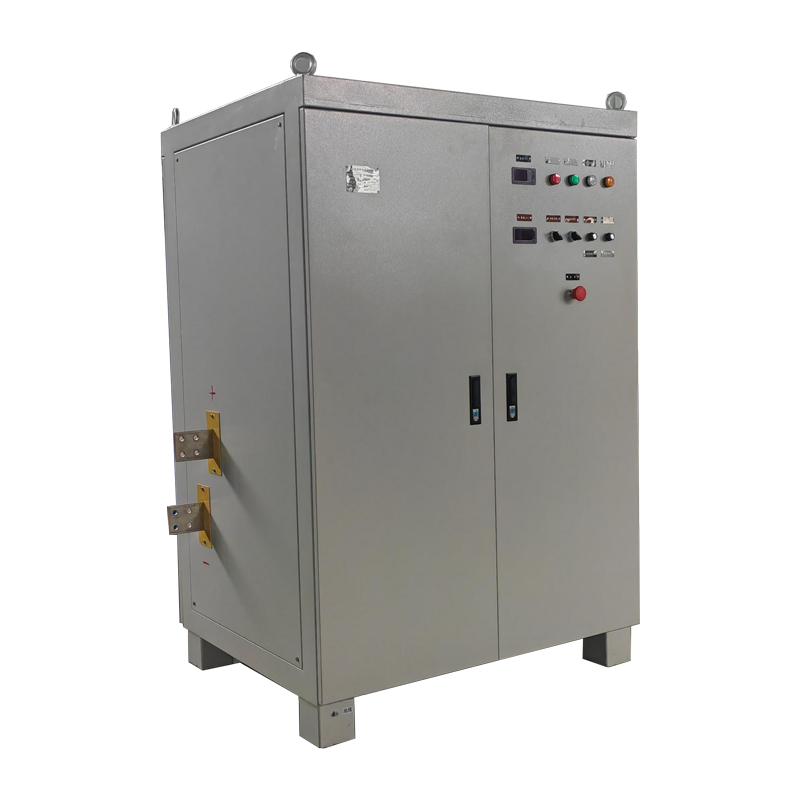 High frequency DC power supplyThe main transformer of this high-frequency DC power supply is an efficient and energy-saving transformer independently developed by Tongke Electric. It uses nanocrystalline soft magnetic materials as the main transformer core, with a large overcurrent area, good cooling effect, excellent coupling, and low operating losses, ensuring the service life of the power supplyMore
High frequency DC power supplyThe main transformer of this high-frequency DC power supply is an efficient and energy-saving transformer independently developed by Tongke Electric. It uses nanocrystalline soft magnetic materials as the main transformer core, with a large overcurrent area, good cooling effect, excellent coupling, and low operating losses, ensuring the service life of the power supplyMore Dual pulse power supplyDual pulse power supply is the latest generation electroplating power supply product, also known as flat wave/bidirectional pulse adjustable switch power supply; It rectifies the power frequency AC power into a DC high-voltage power supply, generates a low-voltage high current power supply through high-frequency voltage conversion and high-frequency rectification, and then filters it into a pure DC power supply through LC.More
Dual pulse power supplyDual pulse power supply is the latest generation electroplating power supply product, also known as flat wave/bidirectional pulse adjustable switch power supply; It rectifies the power frequency AC power into a DC high-voltage power supply, generates a low-voltage high current power supply through high-frequency voltage conversion and high-frequency rectification, and then filters it into a pure DC power supply through LC.More Single pulse power supplySingle pulse power supply is a DC pulse power supply independently developed by our company based on traditional DC power supply, with adjustable waveform parameters. Its output peak, output average current, pulse frequency, duty cycle and other parameters can be set according to customer needs; The parameter settings are simple and intuitive, and the control output is stable.More
Single pulse power supplySingle pulse power supply is a DC pulse power supply independently developed by our company based on traditional DC power supply, with adjustable waveform parameters. Its output peak, output average current, pulse frequency, duty cycle and other parameters can be set according to customer needs; The parameter settings are simple and intuitive, and the control output is stable.More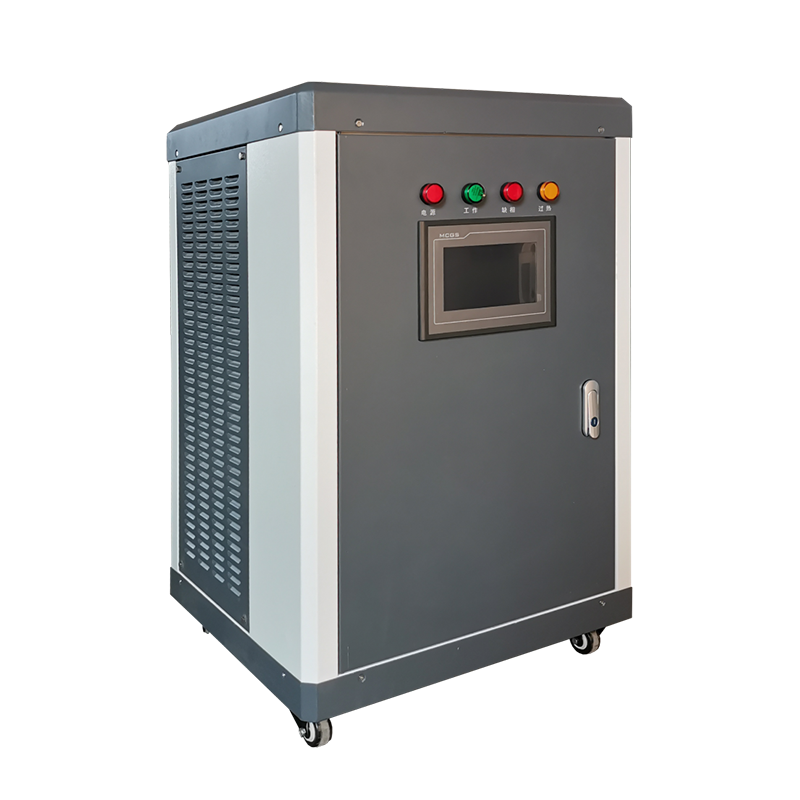 Thyristor rectifierSilicon controlled rectifier power supply, which converts AC power into a rectifier device that can be adjusted in size and freely change the DC output voltage and current direction; Two sets of thyristors and two sets of integrated trigger circuits can be used for independent adjustment and setting of positive and negative currents and voltages, achieving automatic controlMore
Thyristor rectifierSilicon controlled rectifier power supply, which converts AC power into a rectifier device that can be adjusted in size and freely change the DC output voltage and current direction; Two sets of thyristors and two sets of integrated trigger circuits can be used for independent adjustment and setting of positive and negative currents and voltages, achieving automatic controlMore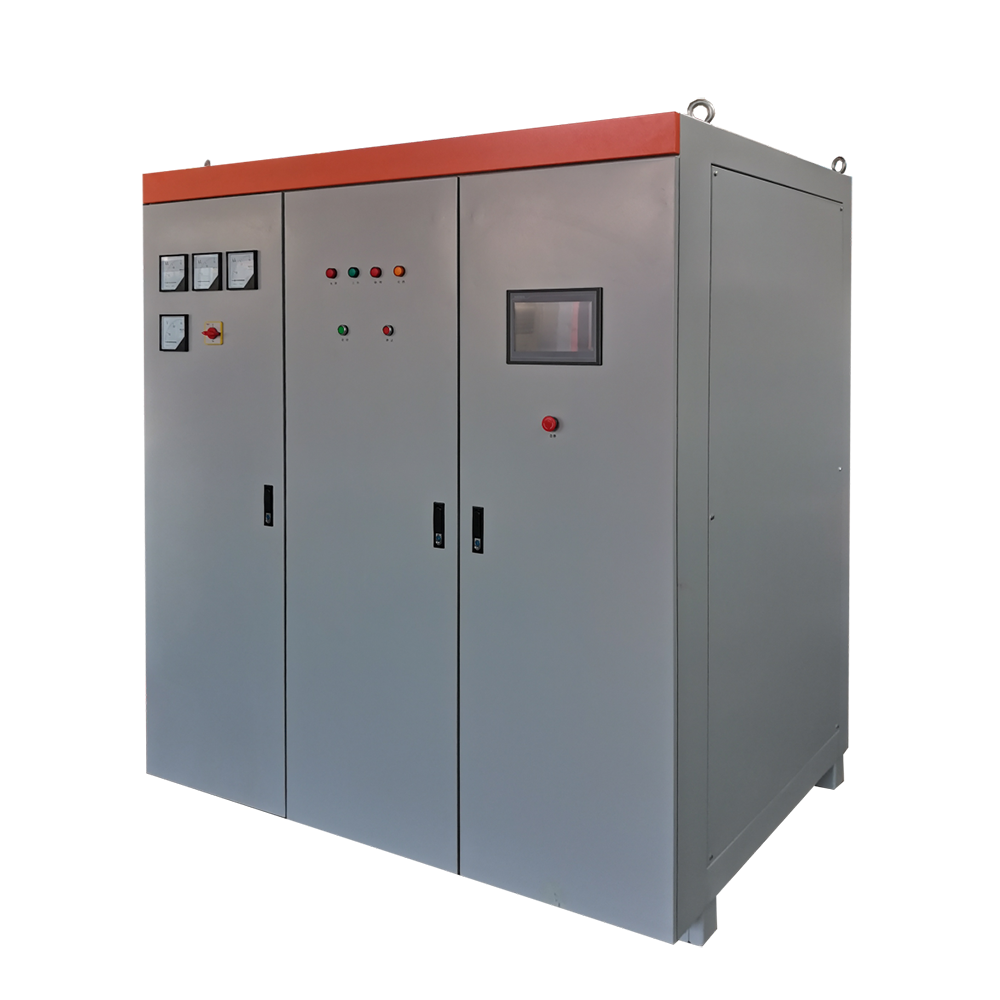 Thyristor rectifierThis thyristor rectifier is a traditional DC power supply that can convert AC power into adjustable DC power. The main transformer adopts a rectifier specific transformer, and the front stage of the transformer is equipped with a medium voltage switch control cabinet to protect and control the rectifier equipment. The rectifier cabinet is used for voltage regulation and rectification through thyristorsMore
Thyristor rectifierThis thyristor rectifier is a traditional DC power supply that can convert AC power into adjustable DC power. The main transformer adopts a rectifier specific transformer, and the front stage of the transformer is equipped with a medium voltage switch control cabinet to protect and control the rectifier equipment. The rectifier cabinet is used for voltage regulation and rectification through thyristorsMore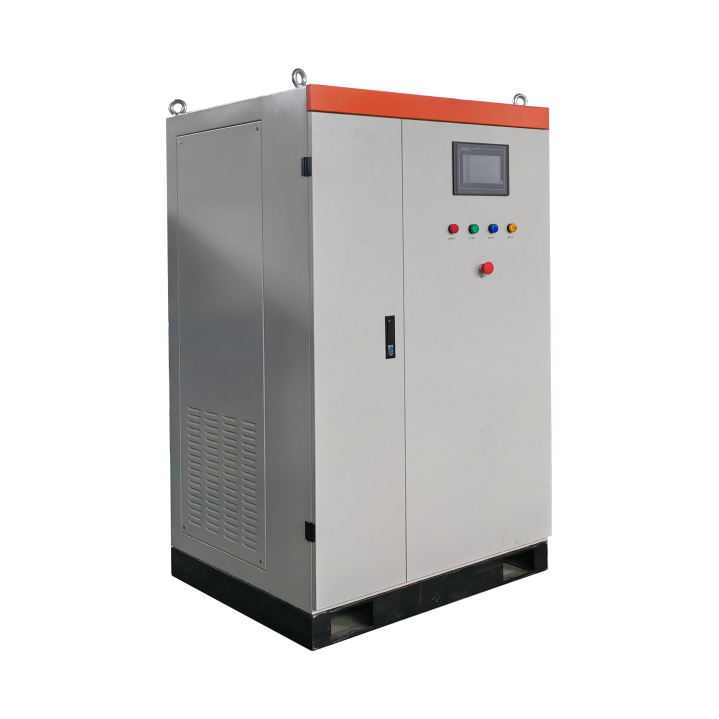 High frequency switching power supplyThe main transformer of this high-frequency switching power supply is an efficient and energy-saving transformer independently developed by Tongke Electric. It uses nanocrystalline soft magnetic materials as the main transformer coreMore
High frequency switching power supplyThe main transformer of this high-frequency switching power supply is an efficient and energy-saving transformer independently developed by Tongke Electric. It uses nanocrystalline soft magnetic materials as the main transformer coreMore Electrolytic hydrogen fluoride to fluorine gas power supplyThe electrolytic hydrogen fluoride to fluorine gas power supply is a power supply device specifically designed for the electrolysis of hydrogen fluoride. It can provide stable and adjustable DC current to promote the generation of fluorine gas. This type of power supply usually has high reliability, can operate continuously for a long time, and also has energy-saving characteristics. Compared to traditional thyristor power supplies, it can save more energy.More
Electrolytic hydrogen fluoride to fluorine gas power supplyThe electrolytic hydrogen fluoride to fluorine gas power supply is a power supply device specifically designed for the electrolysis of hydrogen fluoride. It can provide stable and adjustable DC current to promote the generation of fluorine gas. This type of power supply usually has high reliability, can operate continuously for a long time, and also has energy-saving characteristics. Compared to traditional thyristor power supplies, it can save more energy.More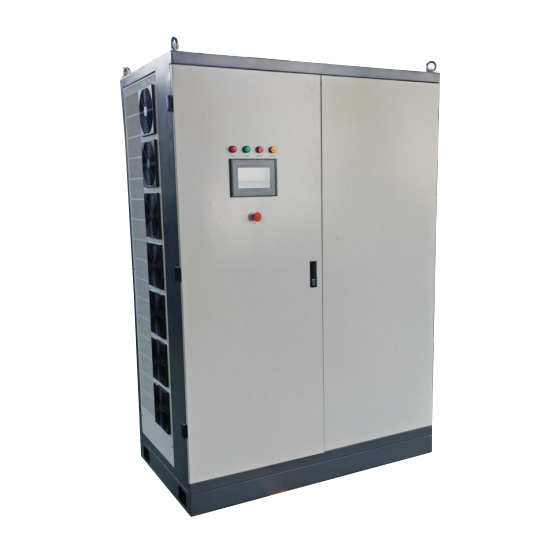 Electrolytic rare earth power supplyRare earth resources refer to 17 lanthanide elements in the periodic table of chemical elements, including lanthanide (La), cerium (Ce), praseodymium (Pr), neodymium (Nd), promethium (Pm), samarium (Sm), europium (Eu), gadolinium (Gd), terbium (Tb), dysprosium (Dy), holmium (Ho), erbium (Er), thulium (Tm), yttrium (Yb), lutetium (Lu)More
Electrolytic rare earth power supplyRare earth resources refer to 17 lanthanide elements in the periodic table of chemical elements, including lanthanide (La), cerium (Ce), praseodymium (Pr), neodymium (Nd), promethium (Pm), samarium (Sm), europium (Eu), gadolinium (Gd), terbium (Tb), dysprosium (Dy), holmium (Ho), erbium (Er), thulium (Tm), yttrium (Yb), lutetium (Lu)More Electrolytic copper foil power supplyElectrolytic copper foil is an important electronic material widely used in the manufacturing of printed circuit boards (PCBs) and lithium-ion batteries. It is made through an electrolysis process, in which copper ions are reduced to copper atoms under the action of a DC electric field, and crystallize on the cathode to form copper foilMore
Electrolytic copper foil power supplyElectrolytic copper foil is an important electronic material widely used in the manufacturing of printed circuit boards (PCBs) and lithium-ion batteries. It is made through an electrolysis process, in which copper ions are reduced to copper atoms under the action of a DC electric field, and crystallize on the cathode to form copper foilMore Electrolytic power supplyElectrolysis is the process of causing oxidation-reduction reactions on the cathode and anode by passing current through an electrolyte solution or molten material (also known as electrolyte). Electrochemical cells can undergo electrolysis under external voltage. The electrolysis power supply is a power supply device that provides direct current for the electrolysis process.More
Electrolytic power supplyElectrolysis is the process of causing oxidation-reduction reactions on the cathode and anode by passing current through an electrolyte solution or molten material (also known as electrolyte). Electrochemical cells can undergo electrolysis under external voltage. The electrolysis power supply is a power supply device that provides direct current for the electrolysis process.More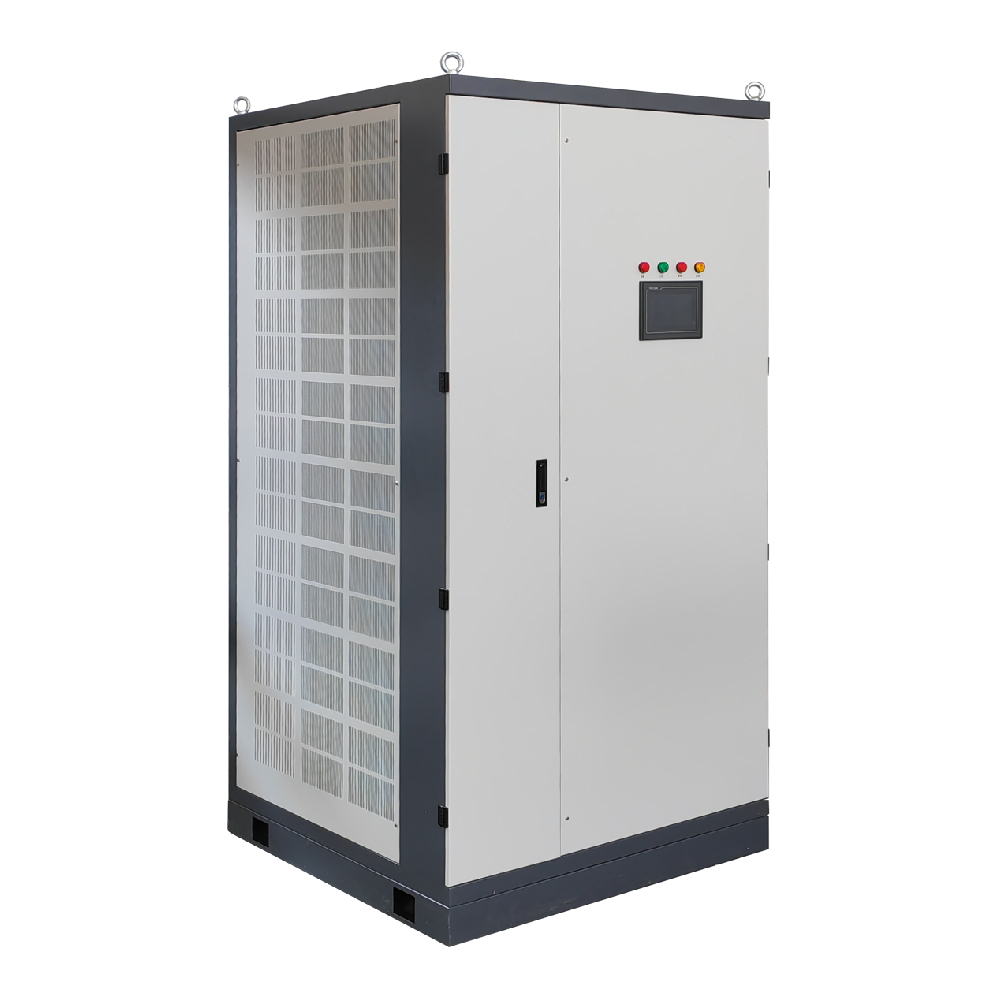 Hydrogen production power supply/hydrogen production rectifierThe hydrogen production power supply adopts high-frequency IGBT fully controlled power devices and PWM control technology, which has outstanding advantages in power response speed, voltage ripple, comprehensive efficiency, etc., and is more suitable for large-scale new energy hydrogen production scenariosMore
Hydrogen production power supply/hydrogen production rectifierThe hydrogen production power supply adopts high-frequency IGBT fully controlled power devices and PWM control technology, which has outstanding advantages in power response speed, voltage ripple, comprehensive efficiency, etc., and is more suitable for large-scale new energy hydrogen production scenariosMore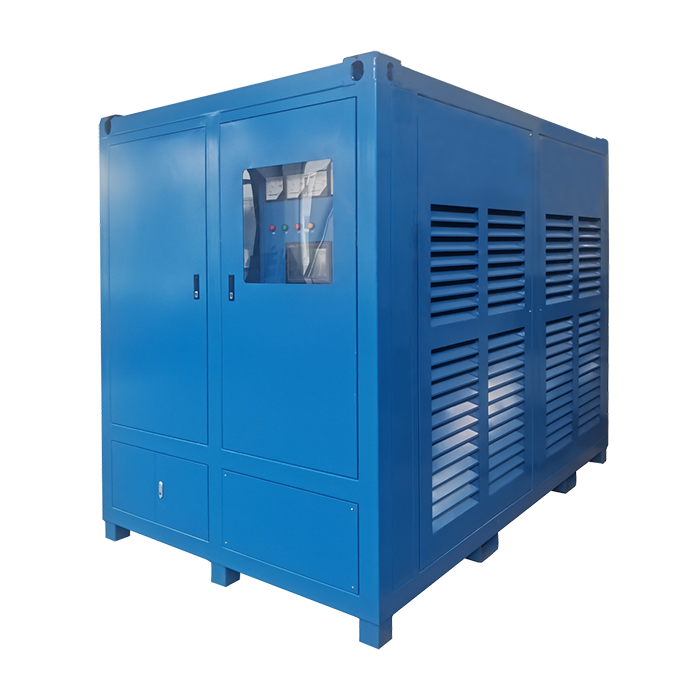 Aluminum oxide coloring power supplyAluminum oxidation power supply, also known as high-frequency aluminum oxidation power supply or aluminum profile oxidation power supply, is a specific term for the application of oxidation power supply on aluminum profilesMore
Aluminum oxide coloring power supplyAluminum oxidation power supply, also known as high-frequency aluminum oxidation power supply or aluminum profile oxidation power supply, is a specific term for the application of oxidation power supply on aluminum profilesMore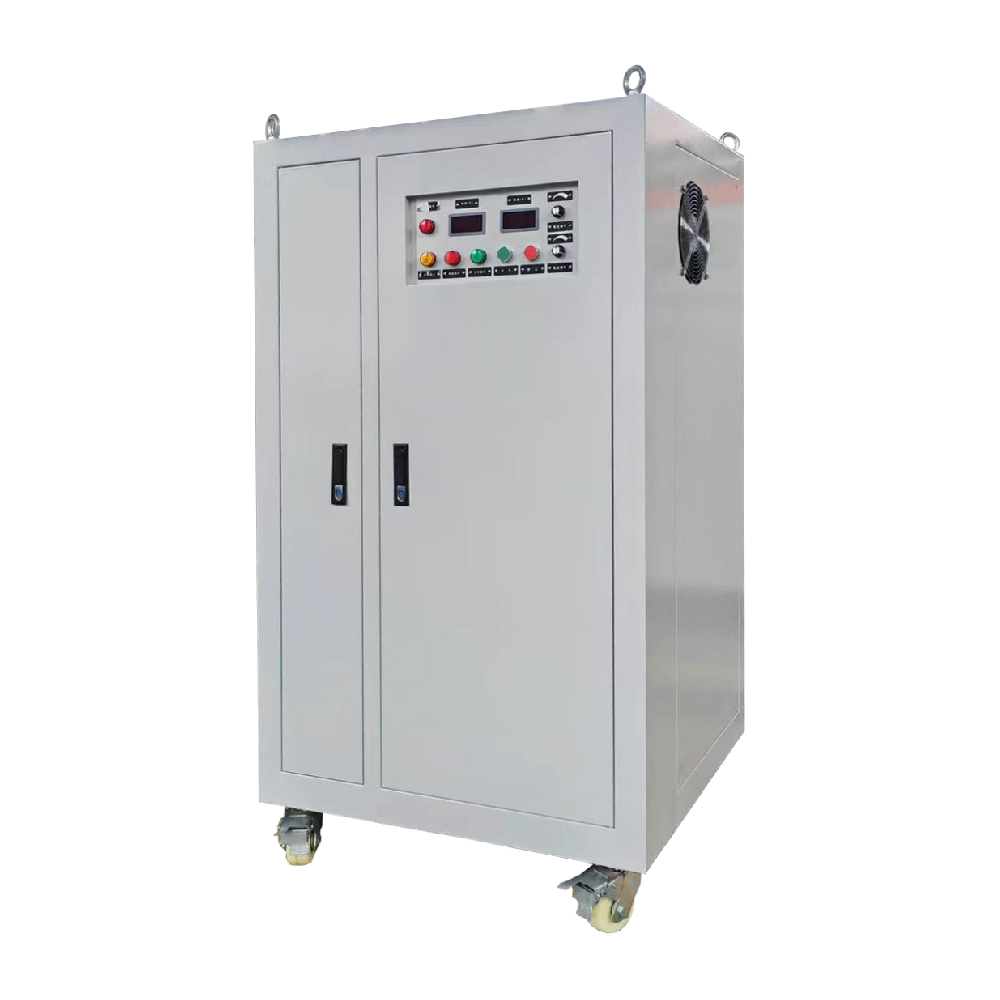 Hard anodizing power supplyHard anodizing power supply is designed for the characteristics of oxidation. Due to its output waveform being a square wave, it is more favorable for sealing quality, reducing the dissolution of the film caused by temperature rise, preventing the expansion of the oxide film poresMore
Hard anodizing power supplyHard anodizing power supply is designed for the characteristics of oxidation. Due to its output waveform being a square wave, it is more favorable for sealing quality, reducing the dissolution of the film caused by temperature rise, preventing the expansion of the oxide film poresMore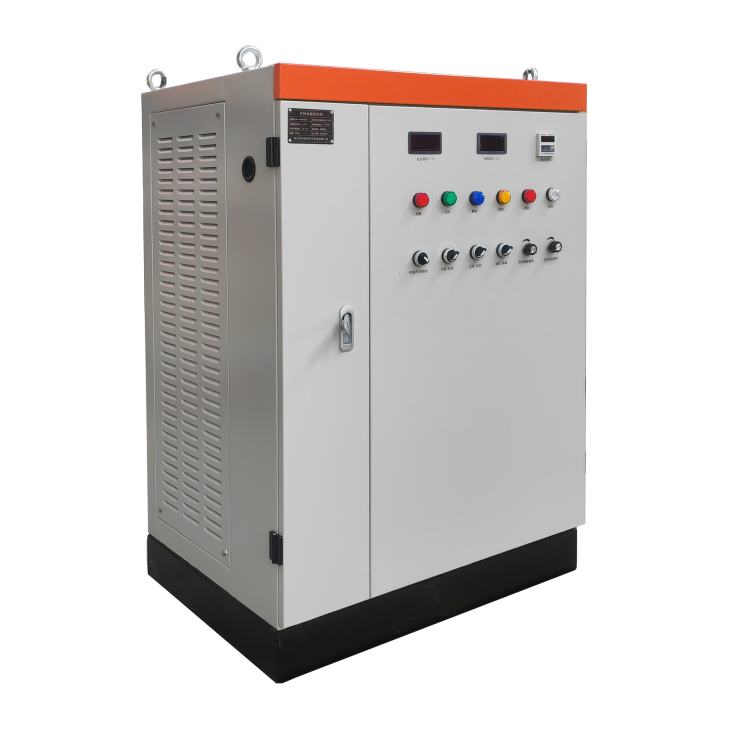 Controllable silicon electrophoretic rectifierOur company uses high-quality materials and rigorous manufacturing processes for the controllable silicon electrophoretic rectifier. The main transformer adopts a three core five column double star structure, and the transformer iron core is made of imported high-quality silicon steel sheets with grain oriented cutting and strict control of jointsMore
Controllable silicon electrophoretic rectifierOur company uses high-quality materials and rigorous manufacturing processes for the controllable silicon electrophoretic rectifier. The main transformer adopts a three core five column double star structure, and the transformer iron core is made of imported high-quality silicon steel sheets with grain oriented cutting and strict control of jointsMore High frequency electrophoresis power supplyElectrophoretic coating DC power supply is mainly used in electrophoretic coating production lines such as automobiles, motorcycles, household appliances, metal casings, as well as rectifier power supply in situations with similar technical requirementsMore
High frequency electrophoresis power supplyElectrophoretic coating DC power supply is mainly used in electrophoretic coating production lines such as automobiles, motorcycles, household appliances, metal casings, as well as rectifier power supply in situations with similar technical requirementsMore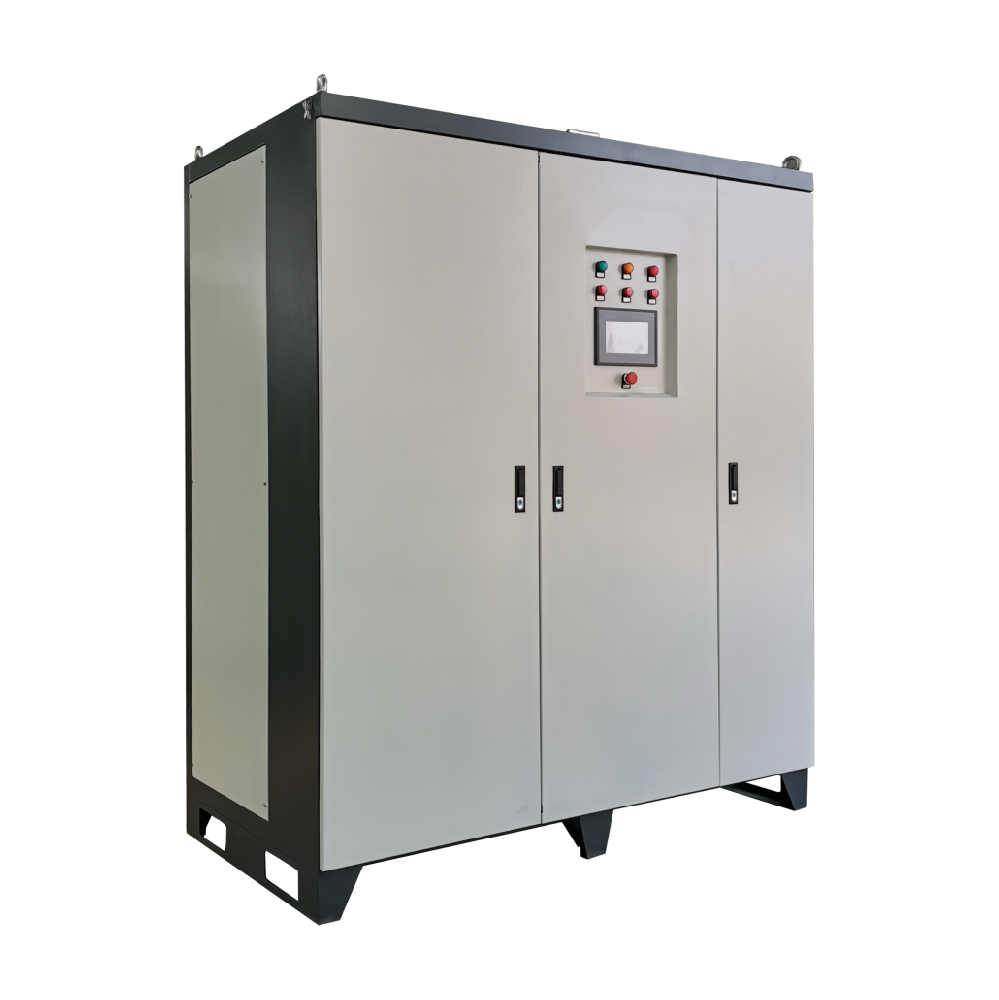 Controllable silicon electroplating rectifierThis thyristor electroplating rectifier is a traditional DC power supply that can convert AC power into adjustable DC power. The main transformer adopts a rectifier specific transformer, and the front stage of the transformer is equipped with a medium voltage switch control cabinet to protect and control the rectifier equipment.More
Controllable silicon electroplating rectifierThis thyristor electroplating rectifier is a traditional DC power supply that can convert AC power into adjustable DC power. The main transformer adopts a rectifier specific transformer, and the front stage of the transformer is equipped with a medium voltage switch control cabinet to protect and control the rectifier equipment.More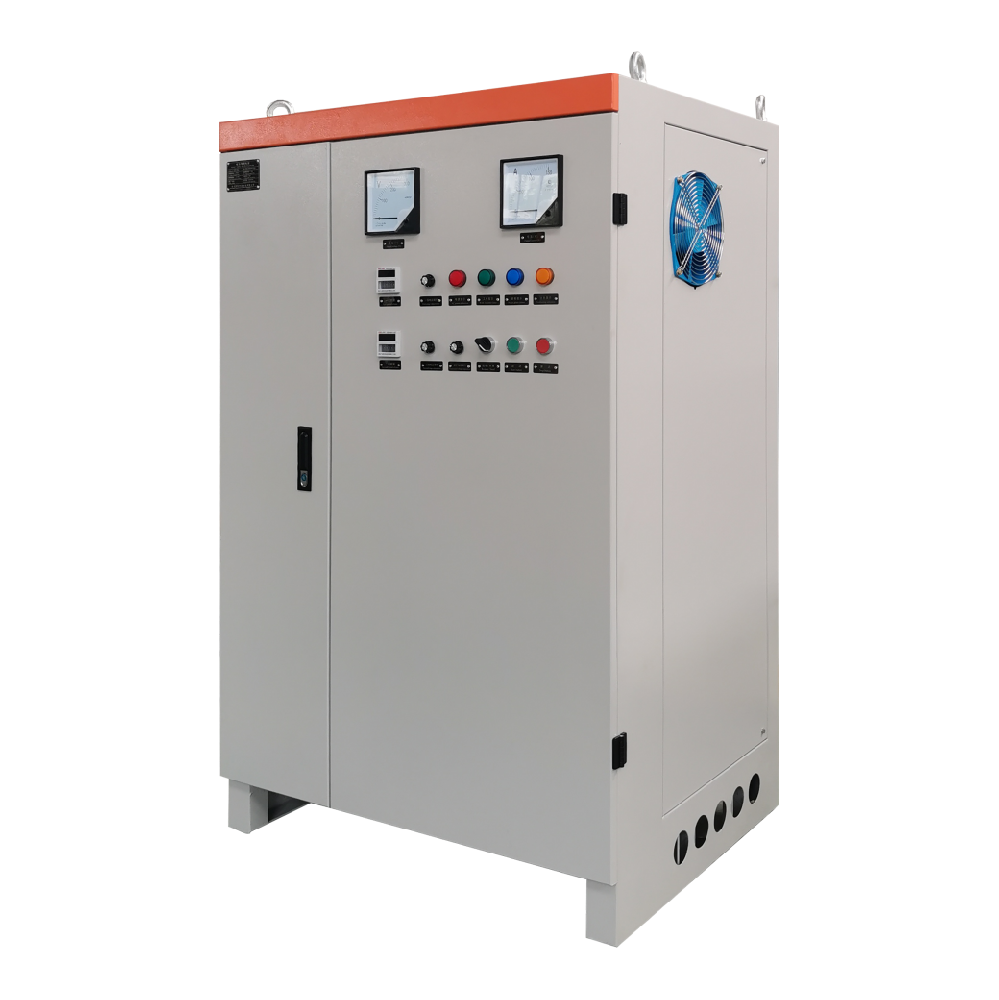 Outdoor rainproof electrodialysis power supplyElectrodialysis is a very environmentally friendly water related treatment process, including salt industry related treatment, water purification, sewage treatment, pollution control and other related industries or fields. Electrodialysis power supply is a type of membrane separation technologyMore
Outdoor rainproof electrodialysis power supplyElectrodialysis is a very environmentally friendly water related treatment process, including salt industry related treatment, water purification, sewage treatment, pollution control and other related industries or fields. Electrodialysis power supply is a type of membrane separation technologyMore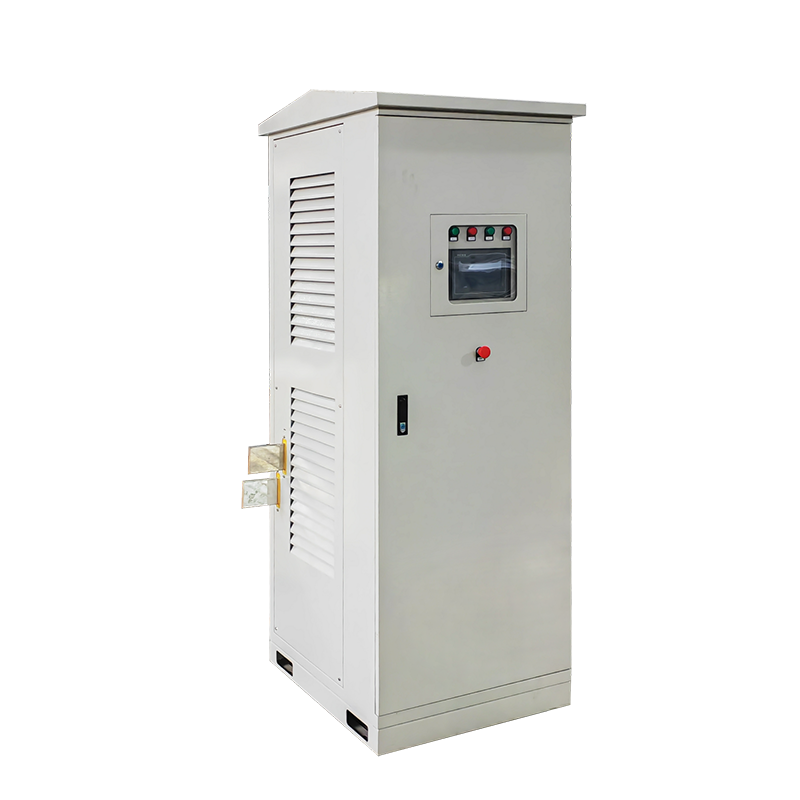 Modular water treatment power supplyModular water treatment power supply is one of the latest research and development products of Tongke Electric. It uses a touch screen to control the output voltage and current of the power supply, with simple operation and convenient useMore
Modular water treatment power supplyModular water treatment power supply is one of the latest research and development products of Tongke Electric. It uses a touch screen to control the output voltage and current of the power supply, with simple operation and convenient useMore